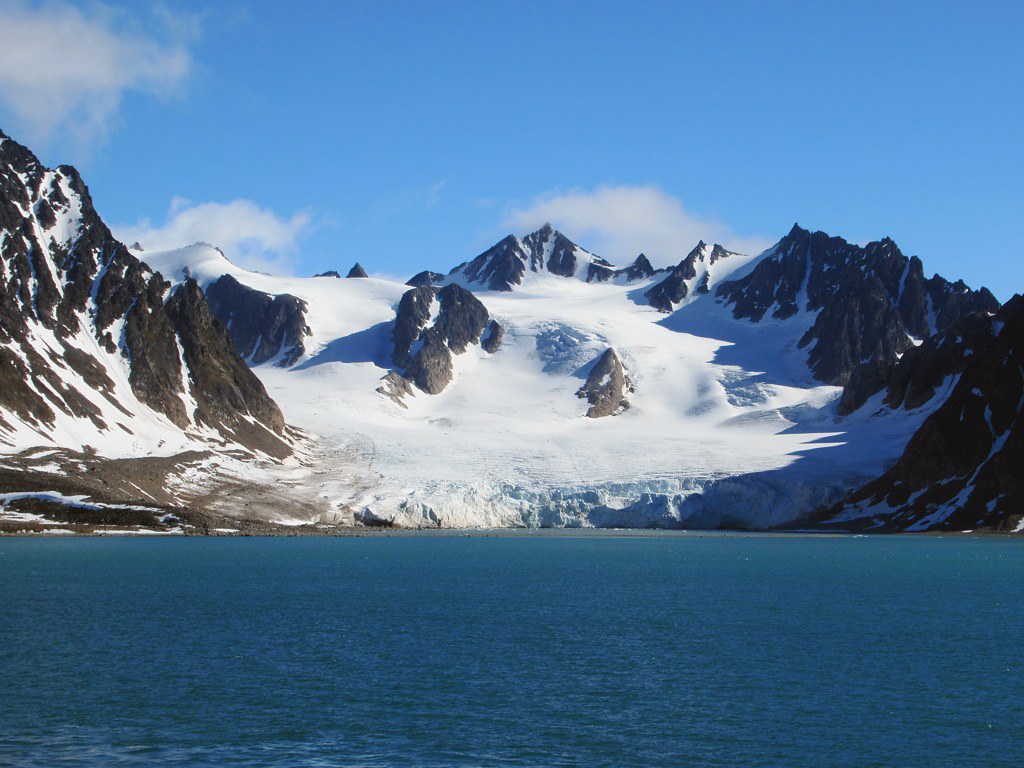
The Arctic region is warming much faster than the rest of the planet. In fact, according to a study published last year in the journal Nature, the Arctic has been warming nearly four times faster than the rest of the globe during the last 43 years. This rapid warming is leading to substantial reductions in sea ice, thawing of permafrost, shifts in wildlife populations, and changes in ocean circulation patterns, among other changes.
According to new research recently published in the journal Nature Geoscience, shrinking glaciers in the warming Arctic are exposing bubbling groundwater springs, which could provide an underestimated source of methane, a potent greenhouse gas. Methane is more than 25 times as potent as carbon dioxide at trapping heat in the atmosphere.
The study, which was led by researchers from the University of Cambridge and the University Centre in Svalbard, Norway, found large sources of methane gas leaking from groundwater springs unveiled by melting glaciers.
As glaciers retreat in the Norwegian archipelago of Svalbard and leave behind newly exposed land, groundwater beneath the Earth seeps upward and forms springs. In 122 out of the 123 springs studied, the research team found that the water was highly concentrated with dissolved methane. When the spring water reaches the surface, the excess methane can escape to the atmosphere.
Researchers are concerned that additional methane emissions released by the Arctic thaw could dramatically increase human-induced global warming. If this phenomenon in the Svalbard archipelago is found to be more widespread across the Arctic — where temperatures are quickly rising and glaciers melting — the methane emissions could have global implications.
**********
Web Links
The Arctic has warmed nearly four times faster than the globe since 1979
Shrinking Arctic glaciers are unearthing a new source of methane
Photo, posted October 22, 2022, courtesy of David Stanley via Flickr.
Earth Wise is a production of WAMC Northeast Public Radio
Leave a Reply